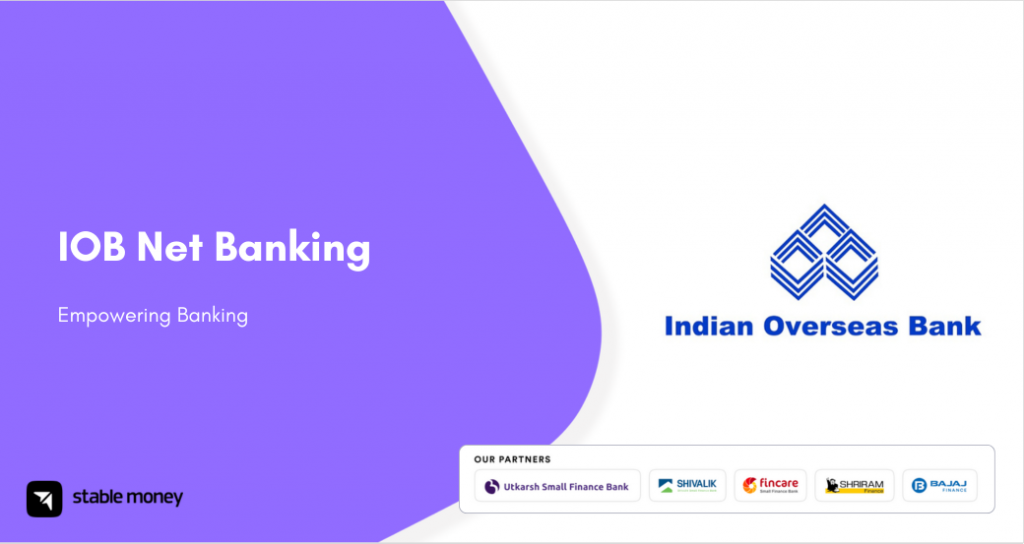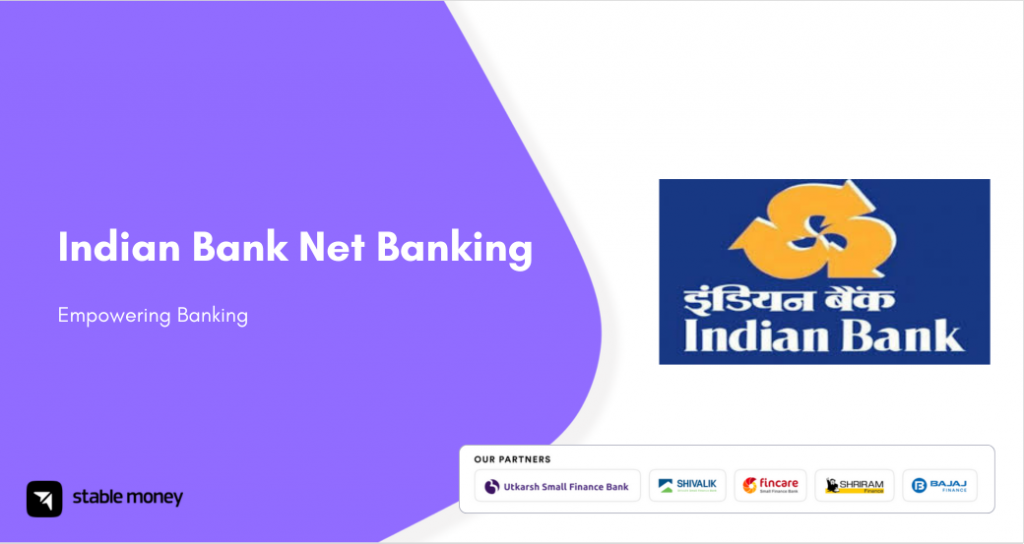
Letter of credit is one of the most widely used trade finance instruments globally. It plays a significant role in lubricating cross-border commerce by securing payments between international sellers and buyers. This blog aims to provide key insights about letters of credit, including what they are, how they work, the parties involved and their importance in global trade.
What is the letter of Credit?
A letter of credit is a document from a bank guaranteeing that a buyer’s payment to a seller will be received on time and for the correct amount. In international trade, letters of credit are often used to ensure security in payment transactions between a buyer and seller who may not know or trust each other.
Letter of Credit Terminology
- Applicant: The person who applies for and pays for the letter of credit, usually the buyer.
- Beneficiary: The person designated to receive payment, usually the seller.
- Issuing Bank: The bank that establishes the letter of credit at the request of the applicant and guarantees payment if needed.
Example: A clothing importer applies to their bank for a letter of credit to purchase jackets from an overseas manufacturer. The bank issues the letter of credit listing the manufacturer as beneficiary. The manufacturer then ships the jackets and provides required documents to receive payment from the bank.
How a Letter of Credit Works in 2024?
A letter of credit allows international trade to occur between parties located in different countries. The process works in 3 simple steps:
- The applicant requests their bank issues a letter of credit in the beneficiary’s favor.
- The beneficiary exports goods/provides services and presents stipulated documents to their bank for payment.
- The issuing bank examines documents and if in order, pays the beneficiary directly on behalf of the applicant.
Why Letter of Credit Is Used?
In international trade transactions where parties are located in different countries, a letter of credit provides a secure payment mechanism. It ensures the seller receives payment upon meeting their contractual obligations. This reduces risk of non-payment for the seller. For the buyer, it assures goods will be delivered per terms before funds are released.
What are Different Types of letter of Credit
- Application – The buyer applies to their bank for a letter of credit in favor of the supplier.
- Issuance – The buyer’s bank reviews and issues the letter of credit committing to pay the supplier upon presentation of documents.
- Shipment – The supplier ships the goods and presents documents like invoice, transport documents to their bank as stated in the letter of credit.
- Examination – The supplier’s bank examines if documents are compliant and forwards them to the buyer’s bank for payment.
- Payment – If documents comply, the buyer’s bank makes payment to the supplier’s bank which releases payment to the supplier.
Characteristics of letter of Credit
There are three main types of letter of credit based on payment conditions:
- Sight Letter of Credit: Payment is made immediately upon presentation of complying documents. This is the most commonly used type.
- Deferred Payment Letter of Credit: Payment is made a specified period after presentation, usually 30-180 days. This provides buyers more time to sell goods and generate funds.
- Acceptance Letter of Credit: The issuing bank “accepts” complying documents and promises future payment.
How Much a Letter of Credit Costs
Opening and maintaining a letter of credit involves costs that both buyers and sellers should be aware of. The main costs include:
- Commission: A percentage of the letter’s value, typically 0.1-2%, paid by the applicant to the issuing bank.
- Postage & Cable Charges: Incurred when transmitting documents between banks internationally.
- Amendment Fees: Charged for any changes made to the letter’s terms after issuance.
- Examination Fees: For verifying documents presented by the beneficiary.
How to Apply for letter of Credit?
- Contact your bank who can provide LC services.
- Fill in the LC application form giving all details of goods, amount, validity etc.
Documents Required For Letter of Credit
- Commercial invoice
- Packing list
- Transport document like bill of lading/airway bill
- Certificate of origin
- Insurance documents
Eligibility Criteria For Letter of Credit
- Must be bank’s existing customer in good credit standing
- Provide proper security against LC amount like cash margin or other collateral
- LC purpose must be for legitimate trade transactions only
- Goods value mentioned must be realistic
List of Banks/NBFCs Offering Letter of Credit
- State Bank of India
- HDFC Bank
- ICICI Bank
- Axis Bank
- Bank of Baroda
- Punjab National Bank
- Kotak Mahindra Bank
- IndusInd Bank
- YES Bank
- Citi Bank
Parties Involved in Letter of Credit
A Letter of Credit transaction involves several parties working together to facilitate international trade. The key entities are:
- Applicant: Generally the importer who applies for LC from the bank.
- Issuing bank: The bank which opens LC at request of applicant as per terms of sale.
- Beneficiary: Usually exporter who receives payment from issuing bank on complying with LC terms.
- Advising bank: The bank which advises LC details to beneficiary upon request from issuing bank.
- Confirming bank(optional): Another bank which adds its confirmation to LC making it absolutely binding on them to pay.
- Transporter: Entity like shipping line which handles movement of goods as per contract terms.
What is Bank Guarantee?
A bank guarantee is a promise by a bank on behalf of its client that if the client fails to meet its contractual obligations, the bank will pay a fixed amount to the client’s business partner. It provides an undertaking to make payment in the event of non-performance by the applicant.
Difference Between Letter of Credit and Bank Guarantee
| Letter of Credit | Bank Guarantee |
|---|---|
| Used in trade finance for import/export deals | Used to secure performance of non-trade contracts |
| Payment depends on documents sent | Payment depends on beneficiary’s claim only |
| Irrevocable commitment by bank to pay | Revocable promise subject to underlying contract |
| Advises other banks of obligations | No advising role of other banks |
| Extensive set of documents required | Few documents may need to enforce claim |
The key difference is that LC involves documents while BG relies solely on beneficiary’s payment claim.
What is Term Loan?
A term loan is a loan extended by a bank to a corporate or individual customer for a predefined period. It has a fixed repayment schedule with equated installments paid regularly till maturity. Term loans are used for long-term capital requirements like machinery, construction etc.
Difference Between Letter of Credit and Term Loan
| Letter of Credit | Term Loan |
|---|---|
| Short term finance for trade | Long term finance for capex/projects |
| Used in import-export business | Funds capital expenditure/growth needs |
| Payment against documents | Repaid through EMIs over loan tenure |
| Arrangement b/w importer & exporter | Arrangement b/w lender & borrower |
| LC amount varies each time | Fixed principal sum throughout term |
While LC facilitates trade transactions, term loan caters to long gestation funding requirements. Tenor and repayment differ substantially between the two.
Advantages and Disadvantages of Letter of Credit
1. Advantages of Letter of Credit
- Secure mode of payment for exporters against risk of non-payment.
- Defined liability of banks provides confidence to traders.
- Reduced risk allows sellers to provide better payment terms to buyers.
- Standard practice in foreign trade simplifies transactions.
2. Disadvantages of Letter of Credit
- Higher transaction costs than other payment methods.
- Delay in receipt of payments if documents are discrepant.
- Time consuming document processing by banks.
- Limits flexibility as documents must strictly comply with LC terms.
- Small exporters may find LC process complex and expensive.
Final Word
Letter of credit is a critical instrument for the international trade industry. It helps minimize payment risks for exporters and importers through well-defined bank obligations. While alternative payment methods exist, LC still remains highly popular due to security, standardization and acceptance worldwide. Understanding its functioning and processes is important for stakeholders involved in cross-border business.
FAQs
The 4 main types are sight LC, usance LC, revolving LC and transferable LC.
LC is a payment guarantee in international trade. Types are revocable/irrevocable and confirmed/unconfirmed.
LC involves documents while BG relies on claim. LC for trade, BG for non-trade contracts like performance guarantee.
LC limit depends on buyer’s credit limit set by bank based on security and repayment ability. It can range from thousands to millions.
LC rules are specified in UCP600 publication by ICC which governs operations globally for settlement of LC transactions.
Disclaimer
This article is solely for educational purposes. Stable Money doesn't take any responsibility for the information or claims made in the blog.

